Description
Real-World Use & Application Scenarios
In critical machinery monitoring environments such as power generation plants, oil and gas facilities, and heavy industrial manufacturing, precise detection and recording of transient vibration events are crucial for preventing costly equipment damage and downtime. The BENTLY 3500-22M 288055-01 excels in these high-stakes settings where capturing fast transient data—often milliseconds long—can reveal essential clues about equipment health. Designed to interface with proximity probes, accelerometers, and other vibration sensors, this transient data interface module is commonly used in monitoring turbines, compressors, and other rotating machinery critical to continuous industrial operations. It helps engineers and maintenance teams quickly diagnose transient anomalies like rotor rubs, blade passing events, or sudden shifts in vibration patterns. By integrating seamlessly into the Bently Nevada 3500 Series rack-based monitoring systems, the BENTLY 3500-22M 288055-01 serves as the lifeline connecting high-frequency data acquisition with advanced diagnostic software such as System 1™. This module is indispensable in industrial automation settings to ensure machinery safety, extend asset life, and optimize maintenance schedules through actionable insights from transient vibration phenomena.
Product Introduction & Positioning
The BENTLY 3500-22M 288055-01 is a standard transient data interface module within the trusted Bently Nevada 3500 Series condition monitoring system. It functions as a central data capture device, collecting high-speed transient waveform data from multiple sensors attached to critical machinery. This module supports data sampling for up to 48 channels, delivering comprehensive vibration and process data that facilitate precise fault detection and early warning diagnostics. As part of the 3500 Series architecture, the 3500-22M is designed for modular rack installation where it communicates with other system modules and external software over Ethernet or fiber optic connections using the BN TDI protocol. Engineers value it for its compatibility with firmware and the latest diagnostic tools that help streamline analysis of transient machinery events. This module’s ability to interface reliably with the System 1™ software makes it a core component for monitoring asset health in applications where downtime reduction and machine reliability are paramount.
- 3500-22M 288055-01
- 3500-22M 288055-01
Key Technical Features & Functional Benefits
The BENTLY 3500-22M 288055-01 stands out for its high-speed data acquisition capabilities, supporting transient waveform capture from up to 48 input channels simultaneously. It offers robust communication options through autosensing 10Base-T/100Base-TX Ethernet ports and 100Base-FX fiber optic interfaces, ensuring low latency and secure data transfer over distances up to 2000 meters using multimode fiber. This flexibility enables it to integrate into large-scale distributed monitoring systems with minimal signal degradation.
Energy efficiency is a hallmark of the module, consuming just 10.5 watts under typical operating conditions. The module features multiple front panel LED indicators to provide real-time status on communication, rack health, configuration validity, and trip multiply modes, which simplify local troubleshooting and maintenance. The embedded relay output lets users configure open or closed contacts for fault or normal operation signaling, facilitating alarm management within complex control architectures.
Engineered for durability, the BENTLY 3500-22M 288055-01 operates over a broad temperature range from -30°C to +65°C (-22°F to +149°F), suitable for harsh industrial conditions. It also boasts extended battery life estimates—38 years powered and 12 years unpowered at 50°C—making it reliable for long-term deployment in critical machine monitoring applications. The module’s compact dimensions and moderate weight ease installation in standard 3500 rack configurations while maintaining ruggedness under vibration and electrical noise exposure.
Detailed Technical Specifications
| Parameter | Value |
|---|---|
| Model | 3500-22M 288055-01 |
| Brand | Bently Nevada / GE |
| Product Type | Transient Data Interface Module |
| Power Consumption | 10.5 Watts |
| Input Channels | Up to 48 channels (varies by configuration) |
| Communication Interfaces | 10Base-T/100Base-TX Ethernet, 100Base-FX Fiber Optic Ethernet |
| Max Cable Length | 100 meters (Ethernet), 2000 meters (Fiber Optic) |
| Operating Temperature | -30°C to +65°C (-22°F to +149°F) |
| Storage Temperature | -40°C to +85°C (-40°F to +185°F) |
| Humidity | Up to 95%, non-condensing |
| LED Indicators | OK, TX/RX, TM, CONFIG OK |
| Alarm Relay Output | Configurable open/closed contact, 5A @ 24Vdc/120Vac rating |
| Dimensions (HxWxD) | 241.3 mm x 24.4 mm x 241.8 mm (9.50 in x 0.96 in x 9.52 in) |
| Weight | 0.91 kg (2.0 lbs) |
| Certifications | CSA/NRTL Class 1 Division 2, ATEX Zone 2 options |
| Cooling | Natural convection |
| Protocol Support | BN Host Protocol, BN TDI Protocol over Ethernet TCP/IP |
Related Modules or Compatible Units
3500/40M – Vibration monitor module compatible with the 3500-22M for extended system monitoring.
3500/15 – AC power supply module providing power to the 3500 Series rack housing the 3500-22M.
146031-01 (3500/22 I/O module) – Ethernet I/O extension module complementing the data interface functions of the 3500-22M.
146031-02 – Fiber optic I/O module offering enhanced communication options for the 3500-22M.
System 1™ software – Advanced diagnostic software integrating data captured by the 3500-22M.
3500/60M – Machining monitor module used alongside the 3500-22M in comprehensive asset protection systems.
288054-01 (3500/21M) – Older transient interface module, superseded by the 3500-22M.
Bently Nevada 3500/20 RIM – Rack interface module coordinating communication for the 3500 Series, including the 3500-22M.
Installation Notes & Maintenance Best Practices
Installing the BENTLY 3500-22M 288055-01 requires sufficient rack space, as it occupies a full-height slot in the 3500 Series rack. Careful attention to grounding and electromagnetic shielding is essential to maintain signal integrity in electrically noisy industrial environments. Ethernet and fiber optic cable lengths should be planned to stay within maximum ratings (100 meters for Ethernet and 2000 meters for fiber optic) to prevent communication errors. The module’s front panel USB port facilitates easy configuration and diagnostics, but must be shielded properly to avoid accidental disconnection during operations.
Routine maintenance includes visually inspecting LED status indicators to quickly identify faults or alarm states. Periodic firmware updates and configuration backups via the USB port or Ethernet interface help maintain compatibility with the latest System 1™ diagnostic features. Scheduled checks of fiber optic connectors and cables ensure reliable long-distance data transmission. Fault relay outputs should be connected to alarm systems and tested regularly to confirm correct operation, supporting proactive maintenance strategies that minimize downtime risk.

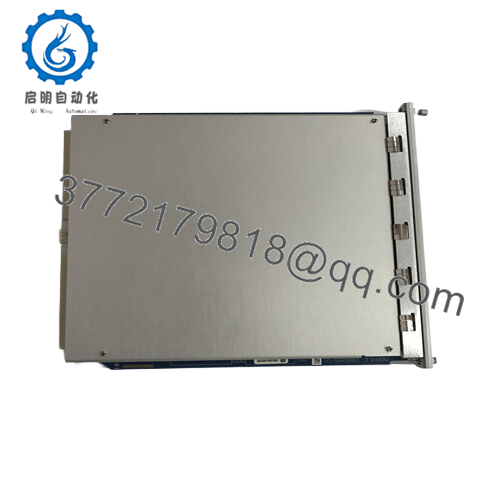
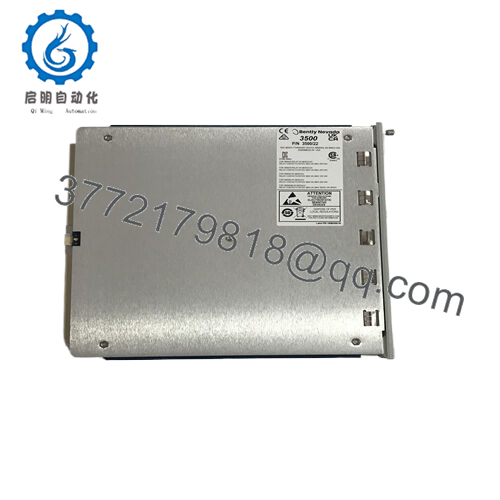
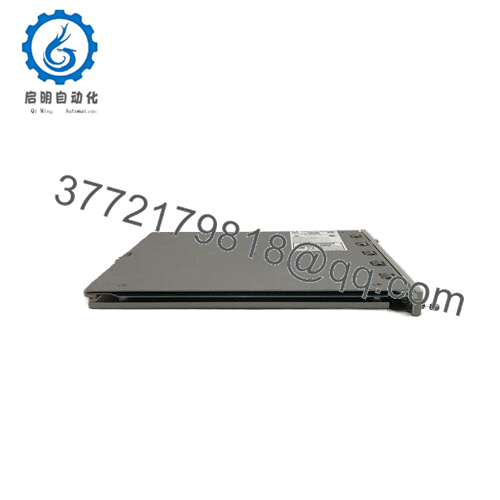
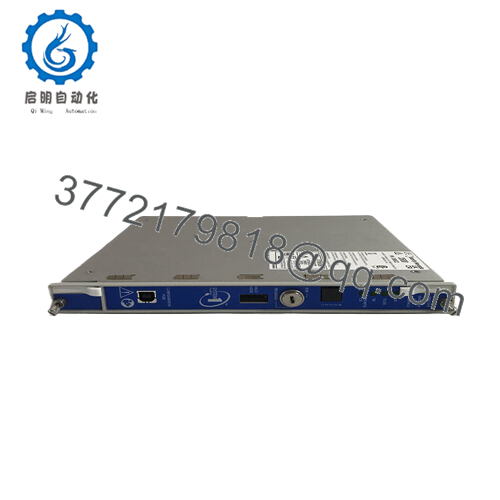
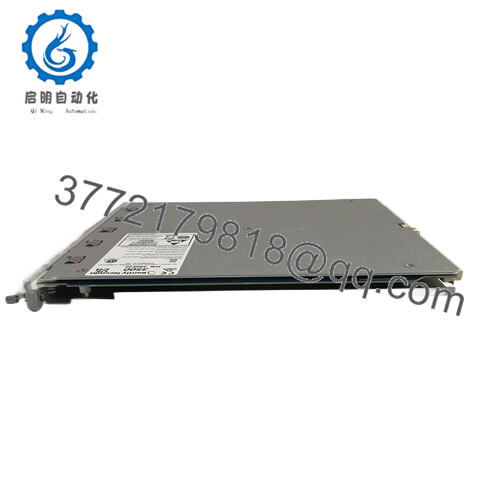
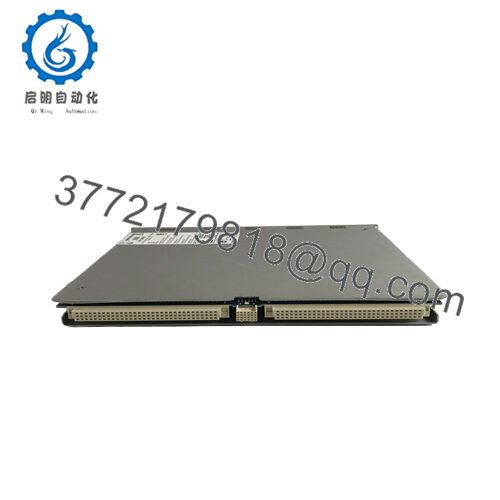
 WhatsApp: +86 16626708626
WhatsApp: +86 16626708626 Email:
Email:  Phone: +86 16626708626
Phone: +86 16626708626


